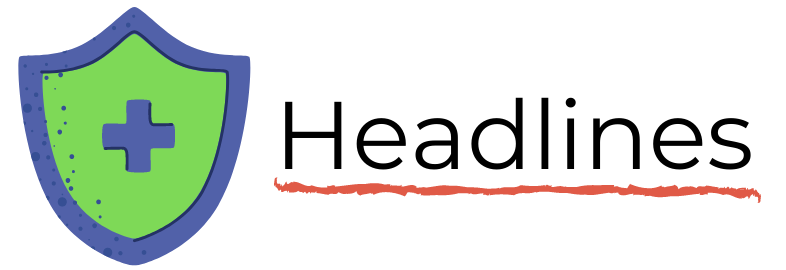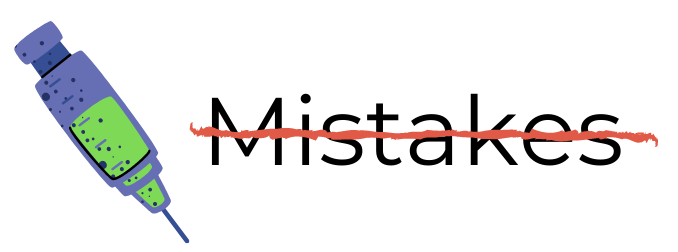Greetings from an undisclosed location in my apartment. Welcome to COVID Transmissions.
It has been 673 days since the first documented human case of COVID-19. 673 saw the birth of Bede, a chronicler and monk who later became an important source on English history and religion.
Speaking of important sources, today we have some new data from a source I’ve long been hoping to hear from—the two-dose J&J vaccine trial.
Schedule update, first: We are almost at the end of the Jewish holiday season. The festival of Sukkot is now coming up, when we build little shacks to “dwell” in (more on this later). Consequently, this holiday will affect the newsletter schedule somewhat. For the next two weeks, I won’t be writing issues on Wednesday and will adjust the week’s second issue according to make sure you’re not waiting a long time between issues. Thus, COVID Transmissions will come out on Mondays and Thursdays—as you’ve seen today.
They say the most important thing in online communication is consistency, so please rest assured that once the holidays are behind us I plan to be back on a regular Monday-Wednesday-Friday schedule.
Bolded terms are linked to the running newsletter glossary.
Keep COVID Transmissions growing by sharing it! Share the newsletter, not the virus. I love talking about science and explaining important concepts in human health, but I rely on all of you to grow the audience for this, which you can do by using this button here:
Now, let’s talk COVID.
Johnson & Johnson Second Dose Results
Finally! We now have—in press release form—results from the 2-dose trial of the Johnson & Johnson vaccine. These results, which I haven’t been able to find a lot of details on, say that a second dose of the company’s vaccine given 56 days after the first confers 94% protection against COVID-19: https://www.npr.org/2021/09/21/1039168781/johnson-johnson-booster-shot-provides-increased-protection-from-covid
This is of course fantastic news, but I would also of course like to see more detail on it. Right now we know very little. That having been said, I think we can try to learn some things from this.
Until now, most thought that the mRNA vaccines were in a class by themselves in terms of prevention of disease, with their eye-popping, high efficacy in clinical trials. This efficacy has been a little lower in the real world as effectiveness, but still, the mRNA vaccines appeared to be something truly distinct from the other options. However, by this time, we know that there can be good efficacy in the 90% range from vaccines like protein subunit vaccines (such as the Novavax vaccine) or, now, from a chimeric vaccine like the Janssen one that we are discussing here today. Whereas before it seemed that the chimeric vaccines could perform differently, this suggests that it is very much possible to achieve these high protection levels with a variety of strategies.
This has wider implications that need to be carefully considered. mRNA vaccines represent a substantial advance in vaccine technology, which will certainly have applications outside of just COVID-19, but we also need to consider here that SARS-CoV-2 may be a good candidate for various vaccine designs. So, at the end of the day, designing mRNA vaccines to target other diseases may be more challenging than we expect. This is just a possibility, but given the amazement that has been expressed about the mRNA technology in various outlets, I think it’s important to keep in mind that the SARS-CoV-2 experience may not be portable to other disease areas.
As for the Johnson & Johnson vaccine itself, and the implications of all of this in the disease area that is the main subject of this newsletter, time will tell how this news ends up being digested by regulatory authorities. At this time, it has been 6 months since the J&J vaccine came to market in the US, as a single dose formulation. Those 6 months have had some controversial moments, with the vaccine having both manufacturing issues as well as an extremely rare adverse reaction that made big headlines—probably bigger than deserved considering its rarity.
We now have about 14 million people in the US who have received one dose of the vaccine, but on varying timelines. The trial here looked at the second dose—formally, a booster, but let’s remember that any dose after the first is called a booster—56 days after the first dose. What if it has been three months since your first dose of the J&J vaccine? Will an authorization of a two-dose regimen mean you can get a second dose? Will it be effective?
I can’t say for certain, but we are not flying entirely blindly here. Not too long ago—back in August—J&J reported results that looked at giving that booster dose six months after the prime dose. The results indicated that there were robust booster antibody responses, but by the nature of the experiments we did not get any information about efficacy. Still, I strongly suspect that since there is correlation between neutralizing antibody responses and protection from COVID-19, we have more than just a two-month window to deliver the second dose of this vaccine candidate.
One thing that this suggests is that the J&J vaccine could be a great candidate for populations where follow-up is difficult. For example, people living in remote areas. These folks may not be able to get back to a clinic for follow-up within the few weeks required for other vaccine candidates, but a period of two to six months might well be an option. And, in the meantime, we already know that these people will have pretty good protection from COVID-19—around 70%. This could be particularly useful if the vaccine were to be deployed to places where the supply chain is inconsistent; this is an application it was already being considered for, since it also can be stored at warmer temperatures for longer periods of time than mRNA vaccines can be.
There is still much to be revealed here, though. I look forward to having more details. In the end, the FDA and its advisors will look at the totality of the data in forming a recommendation, as will other regulators around the world.
What am I doing to cope with the pandemic? This:
Podcast guest spot: The Apocalist Book Club
Recently, I was invited to be a guest on a podcast that I’ve recommended here before—The Apocalist Book Club. This podcast looks at the history of apocalyptic fiction, and in my guest experience we read a story by EM Forster called “The Machine Stops.” It was a great experience—both the reading and the podcasting. I really like the podcast, and I’m very proud to have been a part of an episode! Here’s a link to where it can be found:


Regarding the conversation about India and ivermectin, reader Nanette Sulik had the following comment to share:
In the discussion of ivermectin in India a crowded and poor nation, is there a possibility that treating undiagnosed worms in those ex with Covid might have emerged their immune systems to quit fighting the parasites and focus more on fighting the viral infection?
This is interesting thinking! My reply:
That's a really interesting point! Generally antiparasitic immunity is quite separate from antiviral immunity, but having an infestation to fight off at the same time as a viral infection may make the prognosis for both worse! It's hard to say exactly without a dataset supporting this, but as hypotheses go, this is one worth testing.
You might have some questions or comments! Send them in. As several folks have figured out, you can also email me if you have a comment that you don’t want to share with the whole group.
Join the conversation, and what you say will impact what I talk about in the next issue.
Also, let me know any other thoughts you might have about the newsletter. I’d like to make sure you’re getting what you want out of this.
Part of science is identifying and correcting errors. If you find a mistake, please tell me about it.
Though I can’t correct the emailed version after it has been sent, I do update the online post of the newsletter every time a mistake is brought to my attention.
Corrections from last issue:
95% confidence intervals: I had some major errors in the 95% confidence intervals (I think I must have shifted them around accidentally, or something) for the comparison of the three vaccines that I shared in the last issue. This was corrected within 15 minutes of the email going out, so it is now correct in the online edition, but I wanted to make sure that the email recipients knew about this.
Also last issue, in a comment thread I shared, I misreported an article link as being from Discover Magazine when it was actually from Cosmos Magazine. That has also been corrected in the online edition of the newsletter; however the comment does not have an edit feature and remains incorrect.
See you all next time. And don’t forget to share the newsletter if you liked it.
Always,
JS







